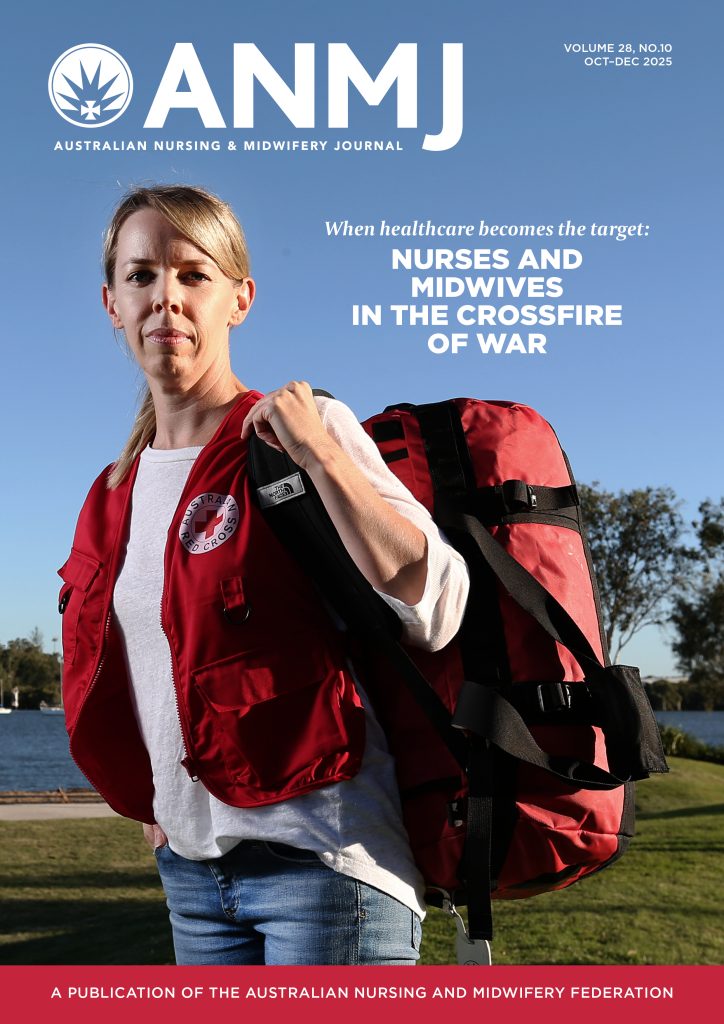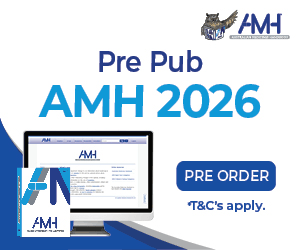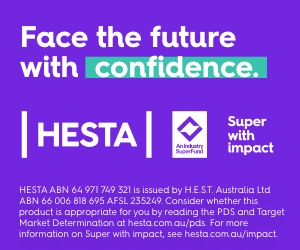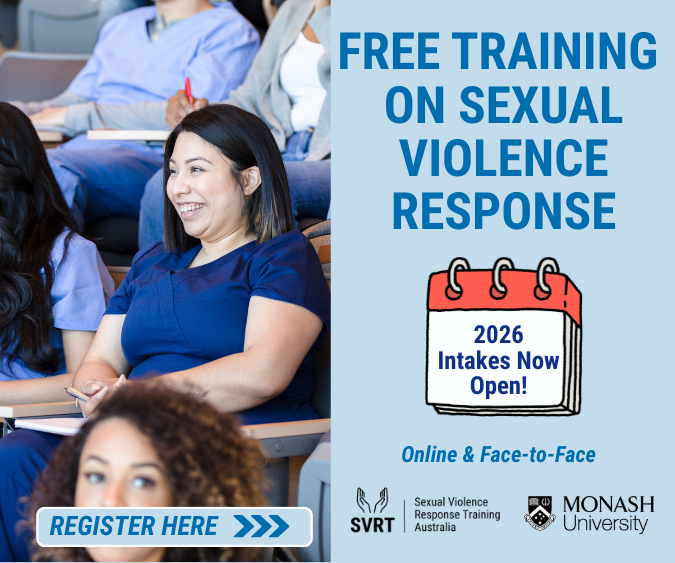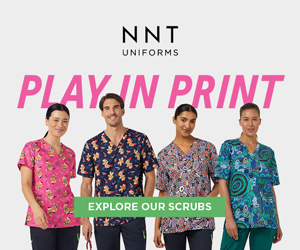The idea of providing ‘safe harbour’ has its origins in the history of the abolition of slavery. As northern states in America made laws to abolish slavery, southern states passed laws such as the Fugitive Slave Law.
This law made it illegal for escaped slaves to be given assistance, such as food, shelter and transport to Canada, even where the assistance was offered in a jurisdiction that had abolished slavery. Cities such as Boston grew a social movement, known as the Underground Railway, to combat the punitive laws, offering covert shelter and assistance to escaping slaves. Pennsylvania adopted an approach of refusing to assist in the capture of ‘runaway’ slaves, to thwart the Fugitive Slave Law.1
The concept of safe harbour is also directly related to maritime law, whereby countries began to introduce laws to limit the use of transportation of slaves by ship. For instance, in 1807, Britain outlawed the slave trade within the British Empire, in part to try and curtail the American slave trade.2
Today, safe harbour laws are most common in criminal and corporate law. In the United States, safe harbour laws operate in many jurisdictions to protect children who have been coerced into criminal activity.
In Australia, the only available safe harbour laws exist under the Corporations Act, which allow a company director who meets set criteria to continue trading and avoid insolvency if it keeps the business afloat.
Safe harbour and nurses
There are two notable pieces of safe harbour legislation for nurses in the states of Texas and New Mexico. In both states, the law provides nurses with protection from being required to carry out unsafe assignments that go against ethical nursing practices, including compromising patient safety.3 The laws protect nurses from disciplinary procedures and from adverse employment outcomes. Nurses can request safe harbour if they are being asked to disobey regulatory standards and rules. The laws are intended both to protect nurses from reprisal and to support the freedom to advocate for quality care.4
To invoke safe harbour under the legislation, a nurse must exercise ‘good faith judgement’ that taking on an assignment could result in:
- harm to the patient
- that the nurse is being asked to participate in unprofessional behaviour or illegal conduct, or
- the nurse has concerns about the appropriateness of a request from another healthcare provider.
Requests for safe harbour must be made before the assignment is carried out and are subject to peer review.
Once safe harbour is requested, either verbally or in writing, the nurse must provide documentation to support the request. This may for example be documentation that shows staffing ratios are below mandated requirements, or that the assignment is outside of the nurse’s scope of practice.
It is important for the nurse to demonstrate that safe harbour is being invoked to protect patients or residents and to expose unsafe practices. Its use is guided by an ethical framework and must be engaged to prevent failures in care, rather than to avoid discomfort.
This of course becomes subjective, particularly when there are no clear mandates, for things such as staff to patient or resident ratios. To work successfully health and aged care facilities also need to have clear guidelines about how requests will be dealt with and supporting regulatory standards and understanding from nursing boards.
The call for safe harbour laws in Australia
ANMF members have long called for safe harbour laws in Australia. The need for protection for nurses was tragically highlighted after the death of seven-year-old Aishwarya Chavittupara at Perth’s Children’s Hospital in 2021. Two junior nurses and a doctor were reported to Ahpra for failing to meet professional standards, in circumstances of chronic and severe understaffing.
The coroner’s Inquiry into the death recommended safe harbour laws be considered, noting they would ‘protect nurses from Ahpra investigation… in circumstances where known risks in the workplace have been identified and not rectified by the employer’.5
Despite the ANMF’s calls for this recommendation to be implemented in Western Australia, no legislation has been introduced. The ANMF will continue to advocate for state and federal laws to protect nurses who have the courage to stand up and say ‘this is not safe’.
References
1 When abolitionists argued for states’ rights and secession – Shot Glass of History
2 Maritime laws and the regulation of slavery
3 What is the safe harbor rule for nurses?
4 Safe harbor law nursing: State guide & when to use – FuturesLearn.blog




